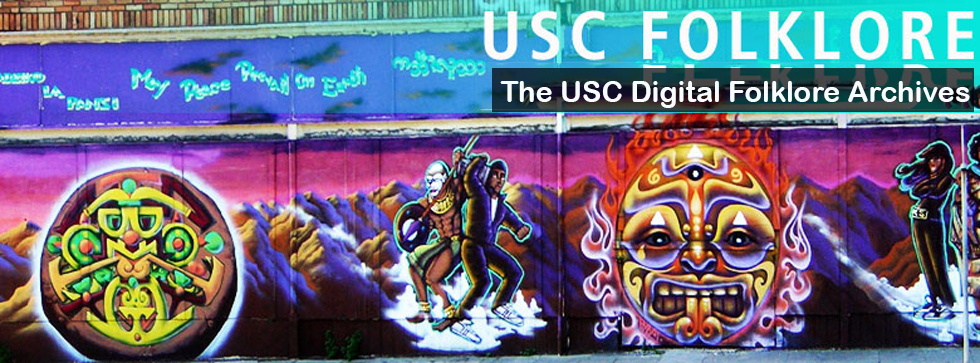Text:
Quesadillas are a traditional Hispanic food that can be found in most Latin American countries and Latin American communities. They are a flat-like food, wrapped in either flour or corn tortilla bread, and cooked with an abundance of extra ingredients, such as tomatoes, guacamole, sour cream, and cheese. While meat is almost always used in the dish, the kind of meat used often varies. Most often, either chicken or pork is used.
To make a quesadilla, first cook a slice of tortilla bread on a frying pan at low heat. Only cook the tortilla bread until it’s warm to the touch and slightly golden. After this, take the tortilla bread, and leave it to rest on a cutting board. While it rests, take the frying pan, and use it to cook the meat that one plans on putting in their quesadilla. It is important that one avoid shredding the meat used in the quesadilla until after it cooks. While the meat cooks, dice up the food that one plans on using in their tortilla. While the food varies, traditionally, sour cream, cheese, and salsa or guacamole are used in a quesadilla. Spicy foods can be used as well, such as peppers, but are not used as often for quesadillas. Once all the ingredients are properly diced up, place them into the tortilla bread, and wait for the meat to finish cooking. Once it does finish cooking, place it in the tortilla bread as well. Then, roll the tortilla into a flat, rectangular shape, and place it back into the frying pan. Cook the quesadilla until both sides of the tortilla bread are brown, by which time it will be ready to be served.
Context:
The subject, N.S., grew up in a Hispanic family, and had a number of Hispanic recipes and foods as a result, including quesadillas. The subject explained that quesadillas were always an excellent and versatile food for his family to make, as they were simple in instructions, didn’t take long to cook, and had a number of food items and nutrients to be a part of the meal. The subject also explained that they could be made for any meal, and were especially good for a quick lunch in case the subject and his family were in a rush to be someplace fast.
Interpretation:
Quesadillas likely are such an important stable in the Latin American culinary culture because of their ease of access and general nutritional value that each quesadilla has. Quesadillas in general do not take long to make, and can be feasibly made quickly enough to create a full meal without spending too much time or worrying about how long each quesadilla will take. Additionally, quesadillas contain a number of food stuffs that are generally valuable and nutritional, and are able to fill a number of food pyramid requirements through their consumption.
